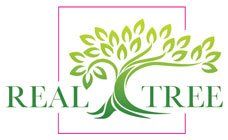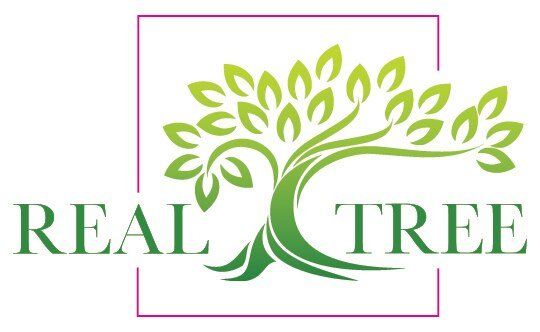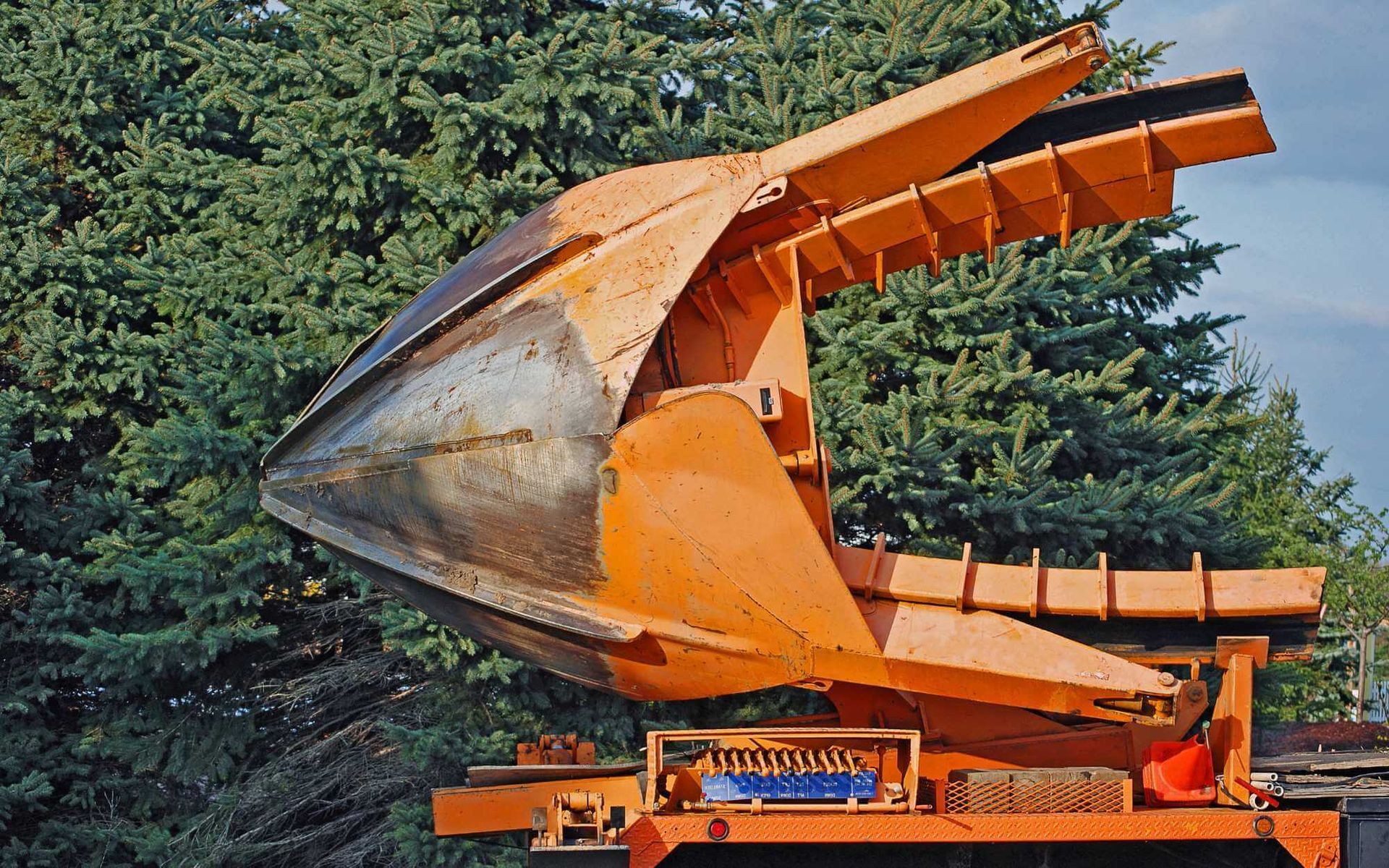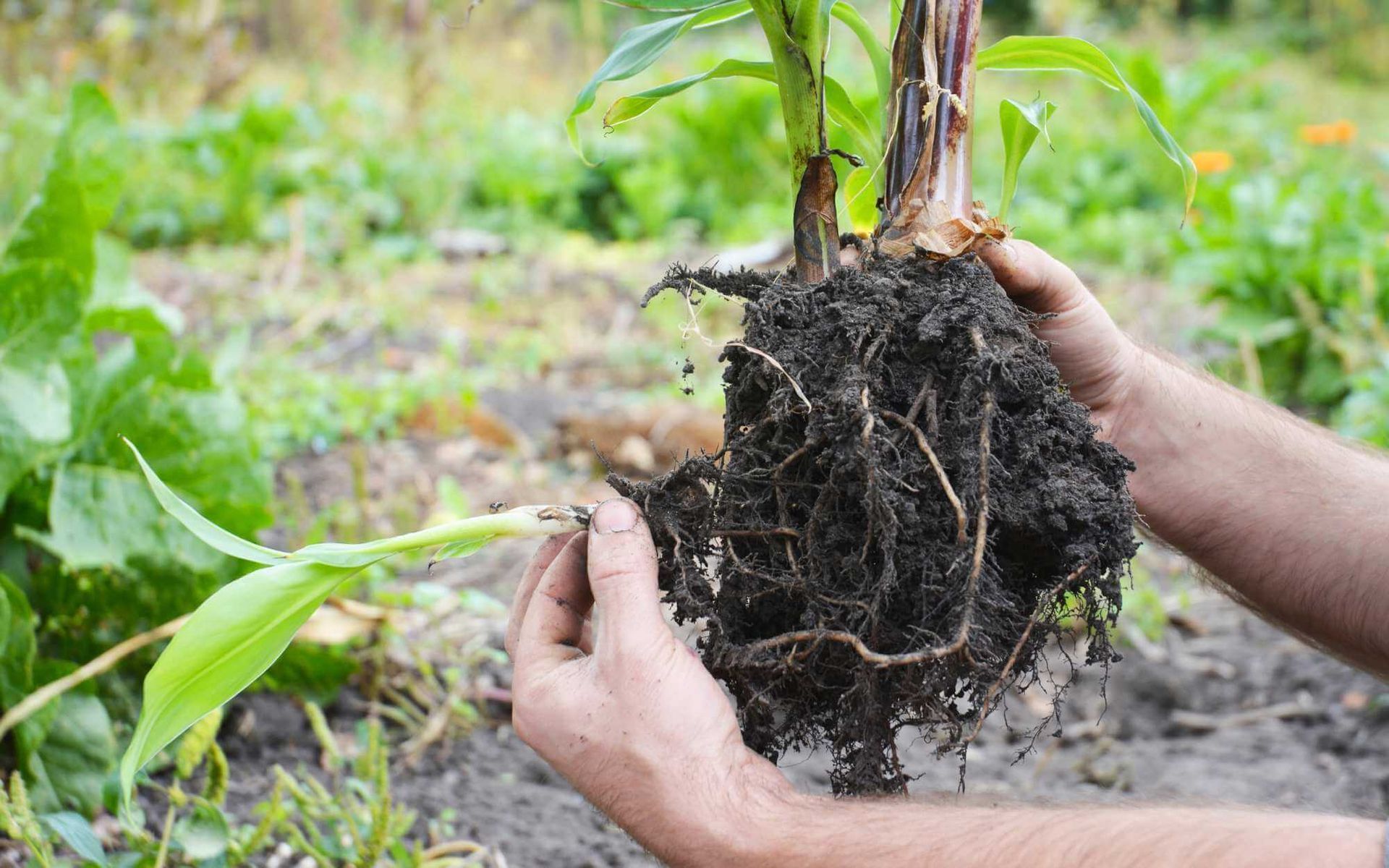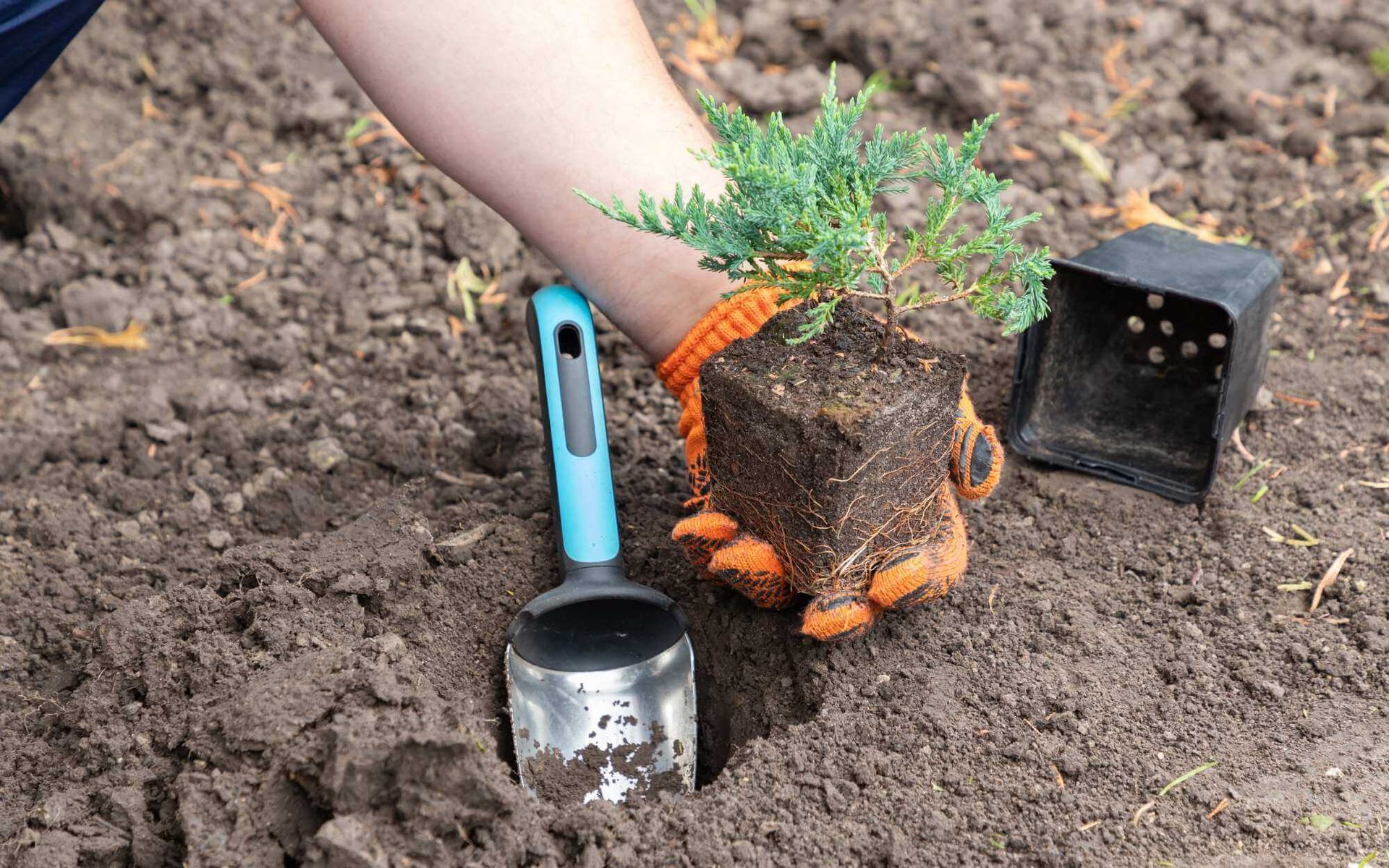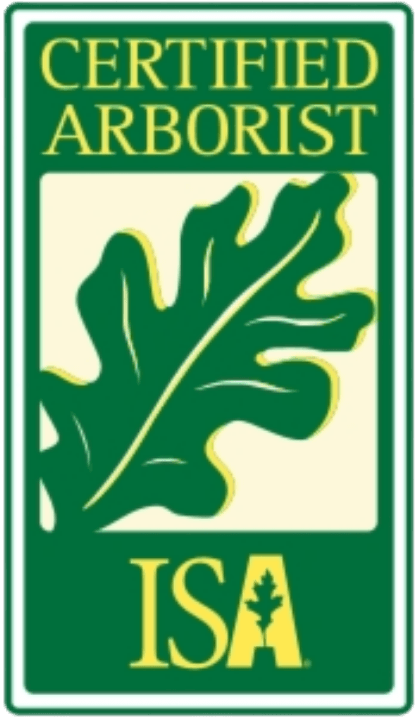Green Safety: Urban Tree Risk Management Strategies
PUBLISHED ON
SHARE THIS ARTICLE
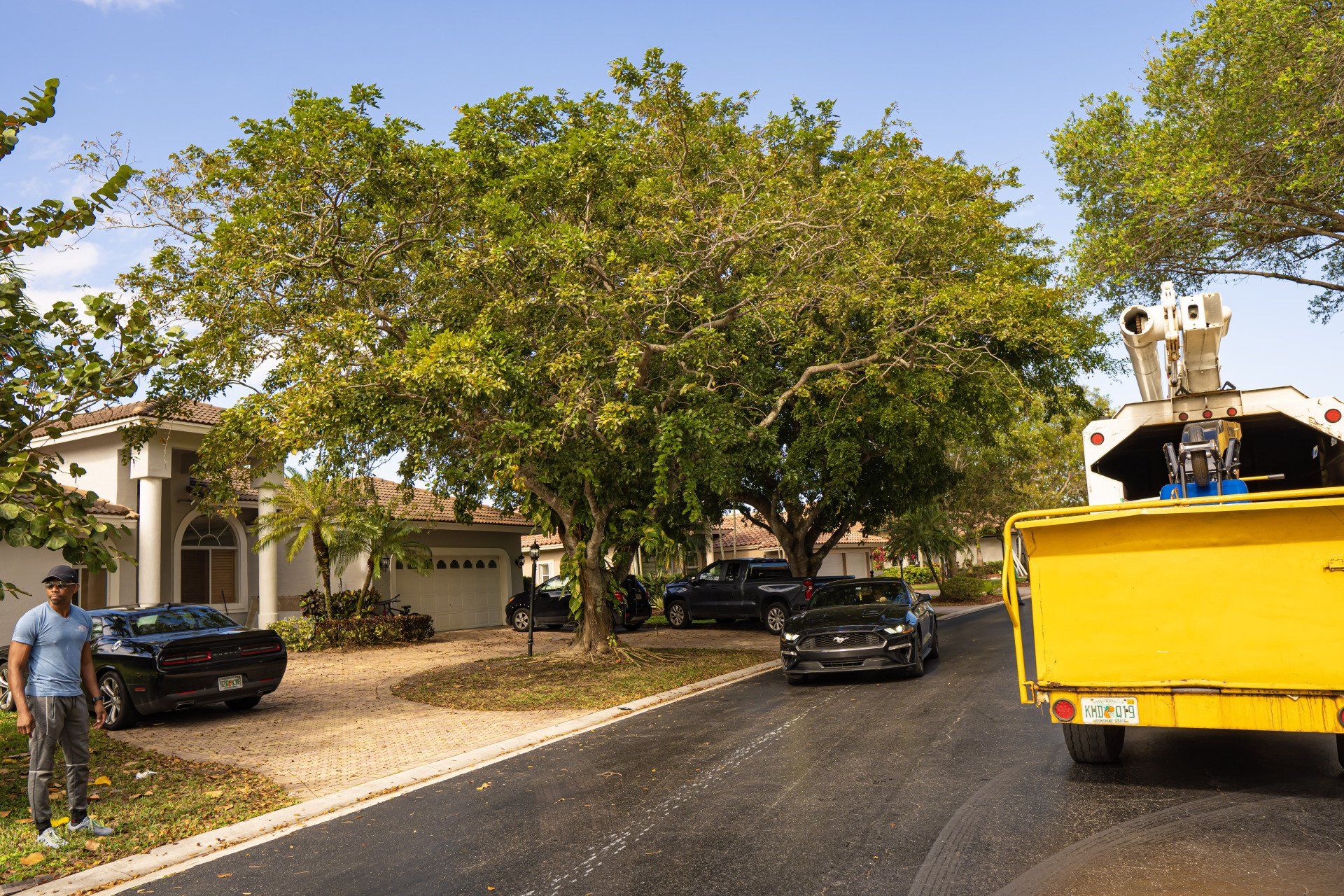
Urban trees are unsung heroes of our cities, silently enhancing the environment and the quality of life for urban dwellers. They beautify our landscapes, purify our air, provide shade, and even contribute to our mental well-being. However, amidst their numerous benefits, these leafy giants can pose significant risks if not properly managed.
Falling limbs or unstable trees can cause injury, property damage, and in rare cases, even fatalities. This underscores the importance of effective tree risk management strategies.
Today, we're going to walk you through a community guide to program design and implementation. From here, you can help balance the vital contributions of urban trees with the safety of those living around them.
Understanding Urban Tree Risks
Urban forest, while beneficial, poses risks stemming from age, disease, and weather events. As trees age, they become prone to decay and structural instability that can cause branches or entire trees to fall, potentially resulting in injuries or property damage.
Disease can also weaken trees, making them susceptible to pests and further decay. Extreme weather events such as windstorms and heavy snowfall can put additional stress on trees, increasing the chance of failures.
Importantly, urban environmental factors such as air pollution, soil compaction, and limited growing space can exacerbate these risks, undermining the health and stability of urban trees.
Assessing Tree Health and Stability
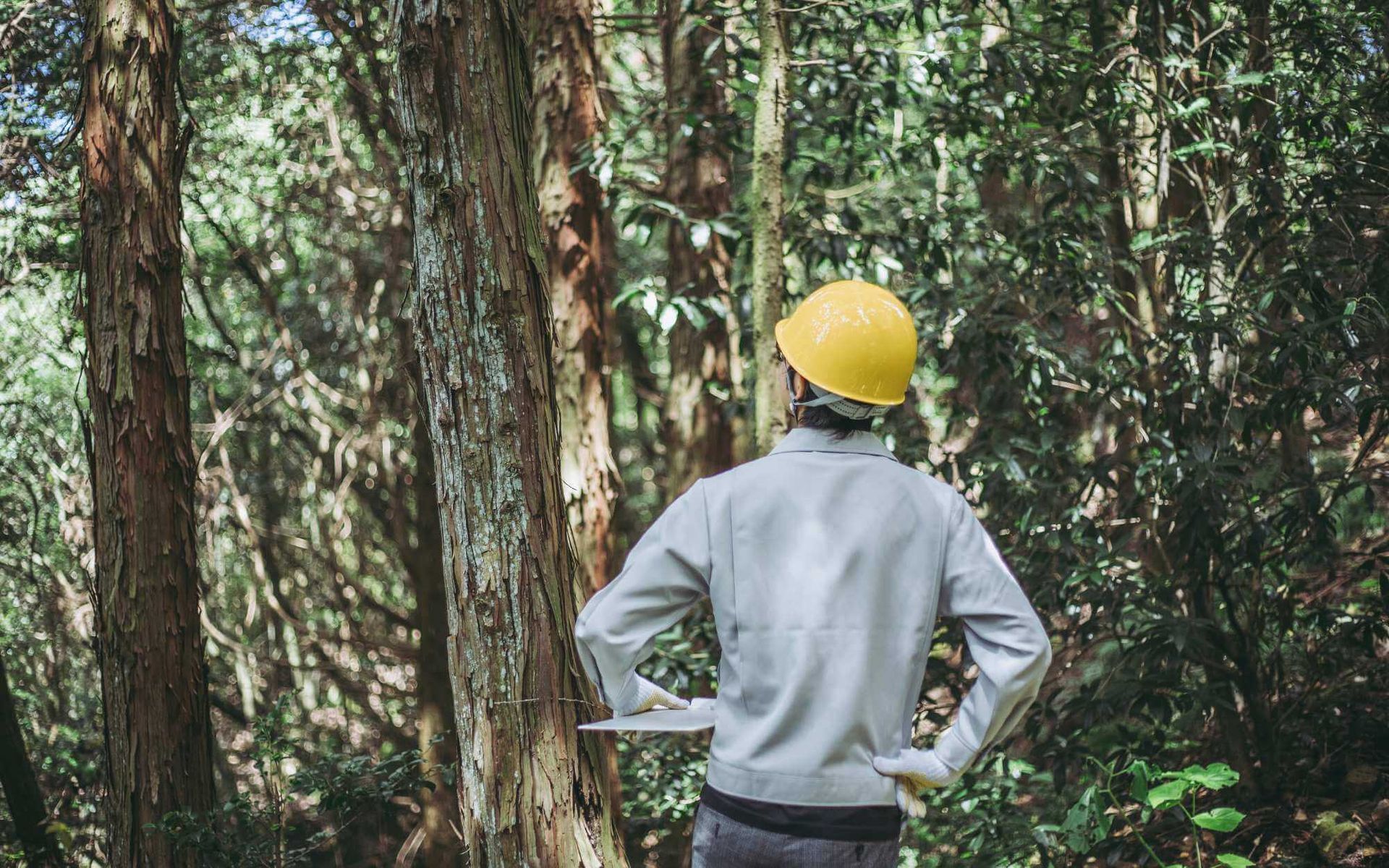
Conducting regular tree risk assessments is a critical aspect of urban tree risk management. These evaluations provide crucial insights into the tree's health, structural integrity, and potential risks.
A certified arborist employs a range of advanced techniques and tools for these assessments, such as resistographs and tomography, which measure wood density and internal decay.
Visual inspections can also detect signs of cavity, disease, pest infestations, or structural defects. Drone technology is increasingly being used to inspect tree canopies, identifying issues not visible from the ground.
By utilizing these techniques, potential tree-related hazards can be proactively addressed, ensuring both the longevity of our urban trees and the safety of our communities.
Implementing Proactive Risk Mitigation Measures
Tree pruning and maintenance are vital to mitigating risks. Regular pruning involves removing dead or dying branches, promoting tree health, and preventing potential hazards. It also allows for better light penetration and air movement through the tree's canopy, reducing the likelihood of disease.
In addition to regular pruning, vulnerable trees may require additional support systems. These can include cables, braces, or props, which help redistribute structural stress and avert tree failure. Protective measures like applying a layer of mulch around the base of the tree can help maintain soil moisture and temperature, fostering root health.
A proactive approach to urban tree care, combining regular maintenance and the installation of support systems, can significantly reduce risks, ensuring the safety of our urban environments while preserving the invaluable benefits of our urban trees.
Engaging the Community

Public education on urban forest management is integral to ensuring public safety. This entails raising awareness about the potential risks posed by urban trees and promoting an understanding of safety measures.
Workshops, seminars, and online resources can be used to educate community members about tree health indicators, maintenance practices, and risk mitigation strategies.
Engaging citizens in neighborhood tree care initiatives can further reinforce this knowledge and foster a sense of stewardship. Encouraging residents to report potentially hazardous trees can also augment professional monitoring efforts.
A well-informed and active community can serve as a vigilant guardian of urban forestry, contributing significantly to enhancing both the aesthetic appeal and safety of our cities.
Collaborating with Professionals
Working closely with arborists and tree care experts is vital for effective tree risk management. These professionals possess the knowledge and expertise to correctly assess, maintain, and treat urban trees, thereby minimizing potential hazards. Regular consultations with them can guide community members in adopting best practices for tree care.
Furthermore, partnerships with local authorities and organizations can greatly enhance urban tree risk management efforts.
Through collaboration, communities can access resources, gain regulatory support, and facilitate comprehensive tree care initiatives. These partnerships can also provide platforms for knowledge exchange, fostering a deeper understanding of urban forestry among the public.
Professional alliances form a critical component in ensuring the safety and longevity of our urban trees.
Be the change: Start implementing tree risk management in public areas!
Urban tree risk management is integral for ensuring green safety. Aging, disease, and extreme weather can pose dangers, making regular inspections, health assessments, and maintenance crucial. It's not just about preserving our leafy giants but safeguarding our communities.
Proactive, systematic strategies like regular pruning, installing support systems, and community education can mitigate risks substantially.
Don't hesitate to consult
arboriculture professionals for their expertise. Let's adopt these measures and ensure the longevity of our urban trees while enhancing community safety.
Want a free quote or some friendly advice? Call our team today:
